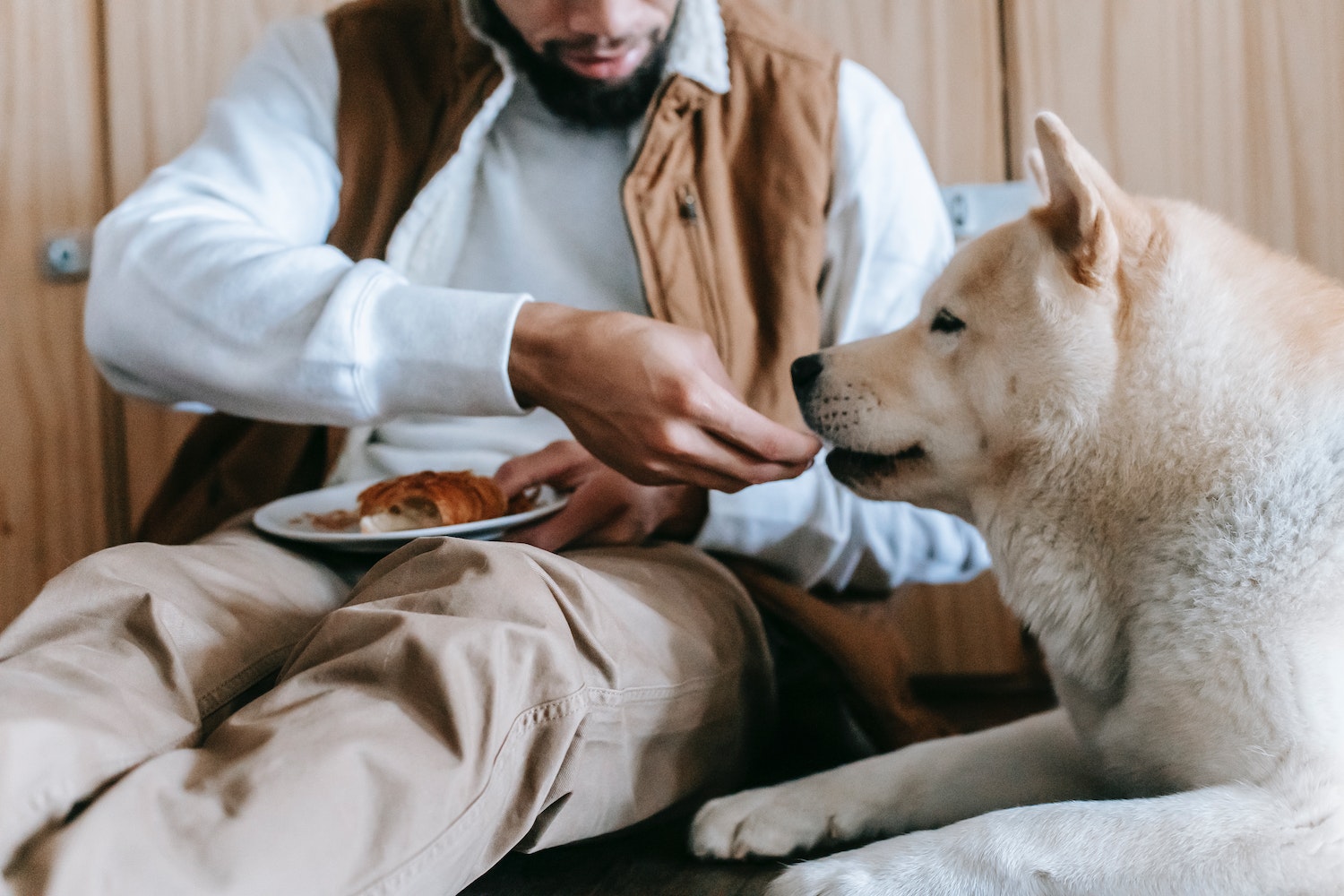
Has your dog been turning up their nose at their usual diet? Are they running in the other direction when you get out their food bowl? Most dogs will undergo temporary inappetence throughout their life, usually lasting no more than a meal or two and resolving independently.
However, knowing how to stimulate your dog’s appetite can give you a leg up on helping encourage your dog to eat, especially if their lack of interest lasts for more than a day.
Why Would a Dog Lose Their Appetite?
Dogs can lose their usual enthusiasm for mealtime for many different reasons — there’s no one-size-fits-all answer. Understanding why your dog isn’t as interested in eating requires detective work and often a trip to your veterinarian, as several serious health conditions can trigger this response.
For example, conditions like cancer, kidney disease, inflammatory bowel disease (IBD), and other GI diseases (like pancreatitis) can make your dog far less interested in eating.
Acute conditions can temporarily suppress your dog’s appetite, like dental issues or pain from an injury. It’s always a good idea to check your dog’s teeth regularly, as many dogs won’t show signs of an issue until it’s advanced. Other emergency situations, like a blockage or bloat, can also impact their interest in eating and will need to be treated immediately.
In addition to physical health concerns, mental stress can also influence your dog’s appetite. Think about the last time you went through a period of stress — how interested were you in eating?
Dogs may be unable to express their stress level out loud, but they can feel it just the same. If you’ve ruled out physical causes, look at your dog’s environment. If you can’t find any triggers, consider hiring a dog behaviorist.
Another thing to consider if your dog isn’t eating as well as they used to is the position of their food bowl. Bending over to eat may not be a problem for younger dogs, but it can cause pain in dogs as they age. Some dogs may negatively react to eating because they associate it with pain.
What Can Happen If a Dog Doesn’t Eat?
A dog who skips a meal or two isn’t in much danger, but missing more than that can cause some serious health complications. Dogs need calories to keep their body functioning optimally, so missing out on those calories means their body has to choose what to keep going at full capacity.
The other problem you’ll run into if your dog won’t eat is that they are at a higher risk of dehydration, especially if they’re not drinking water. Dehydration is a much more serious problem, as it can lead to organ failure and even death if allowed to go on too long without treatment.
How To Stimulate Appetite In Dogs
If your precious pet is turning their nose up at the food bowl, there are a few tips and tricks to get them interested in eating again. None of these suggestions should be used in place of a complete check-up from your veterinarian, though, especially if your dog isn’t the type to say no to a meal.





